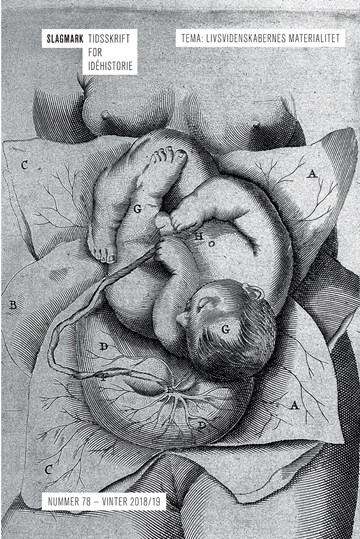Kunstig befrugtning
DOI:
https://doi.org/10.7146/slagmark.vi78.128597Nøgleord:
Artificial fertilization, reproduction, IVF, artificial inseminationResumé
ARTIFICIAL FERTILIZATIONThe modern expansion of non-reproductive sex and sexless reproduction was mostly about contraception, but techniques for promoting conception by manipulating sperm, eggs and embryos have gained prominence over the past hundred and especially the past forty years. Artificial insemination (AI), in vitro fertilization (IVF) and embryo transfer have not only produced such sensations as cattle sired by bulls on the other side of the world and women giving birth to their own grandchildren; with some half-million embryo transfers in cattle per year and about five million IVF children since Louise Brown’s birth in 1978, these methods are also common enough that sexual intercourse can appear ‘the old-fashioned way’ of making babies. These innovations are often called ‘historic’, but we lack synthetic histories. This selective survey explores the making of AI between the eighteenth century and the twentieth, charts the postwar rise of embryo transfer and IVF, and reflects on the generalization of assisted reproduction in the last few decades.
Publiceret
Citation/Eksport
Nummer
Sektion
Licens
Ophavsretten til artiklerne i Slagmark deles mellem forfatter og Forlaget Slagmark.
Artikler og tekstmateriale publiceret i Slagmark må citeres, downloades og videresendes for ikke-kommerciel brug, under forudsætning af normal akademisk reference til forfatter(e) samt tidsskrift, årgang, nummer og sider.
Brug og distribution af tekstmateriale både i form af papirkopier og elektroniske kopier, til undervisningsbrug på uddannelsesinstitutioner og intern brug er tilladt efter aftale med Copydan Tekst & Node. Brugen skal ske inden for aftalens rammer.
Artikler og tekster må kun genudgives med eksplicit tilladelse fra forfatter(e) og tidsskriftet med en anerkendelse af værkets første publicering i nærværende tidsskrift.





